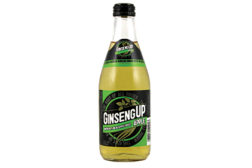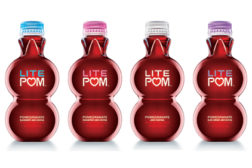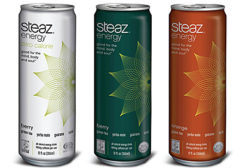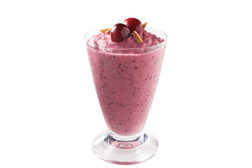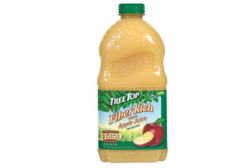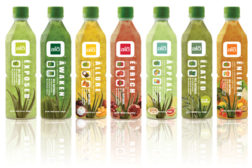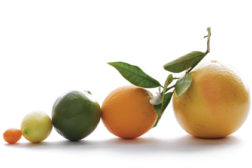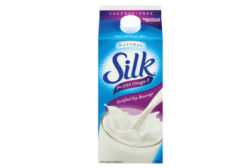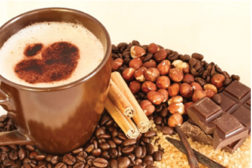Ingredient Spotlight
Superfruits expand beyond exotic varieties
Nutrient levels highlight more fruits under superfruit umbrella
January 12, 2012
Reading between the leaves
Tea shows off its colors, benefits and many functions
December 11, 2011
Searching for the next superfruit star
Will cherry be the next fruit to rise to the top?
November 15, 2011
Fiber gains from a fuller understanding
Consumer awareness, ingredient options for fiber expand
October 14, 2011
Good inside and out
Aloe gains momentum as a naturally beneficial ingredient
September 12, 2011
Demand for flavors, customization brew in coffee
Market for coffee and coffee flavors remains strong
June 20, 2011
Elevate your expertise in the beverage marketplace with unparalleled insights and connections.
Join thousands of beverage professionals today. Shouldn’t you know what they know?
JOIN NOW!Copyright ©2025. All Rights Reserved BNP Media.
Design, CMS, Hosting & Web Development :: ePublishing
